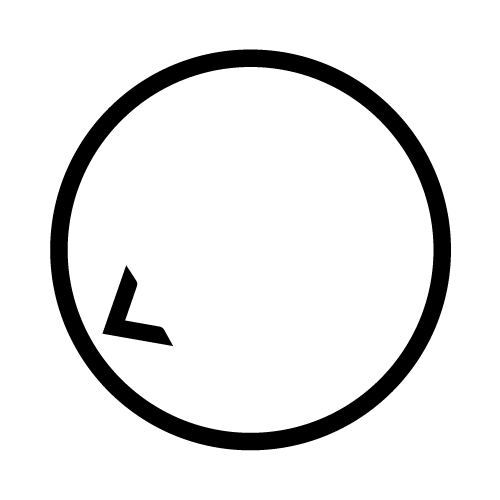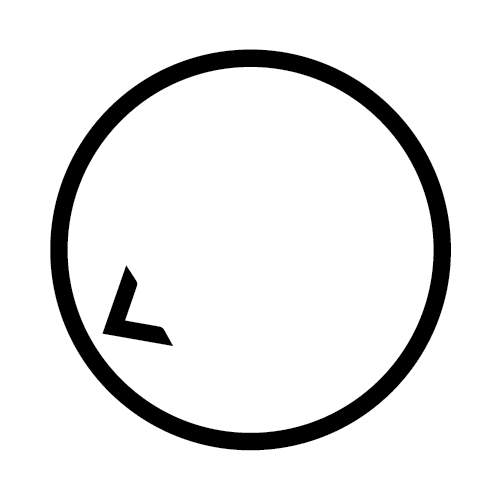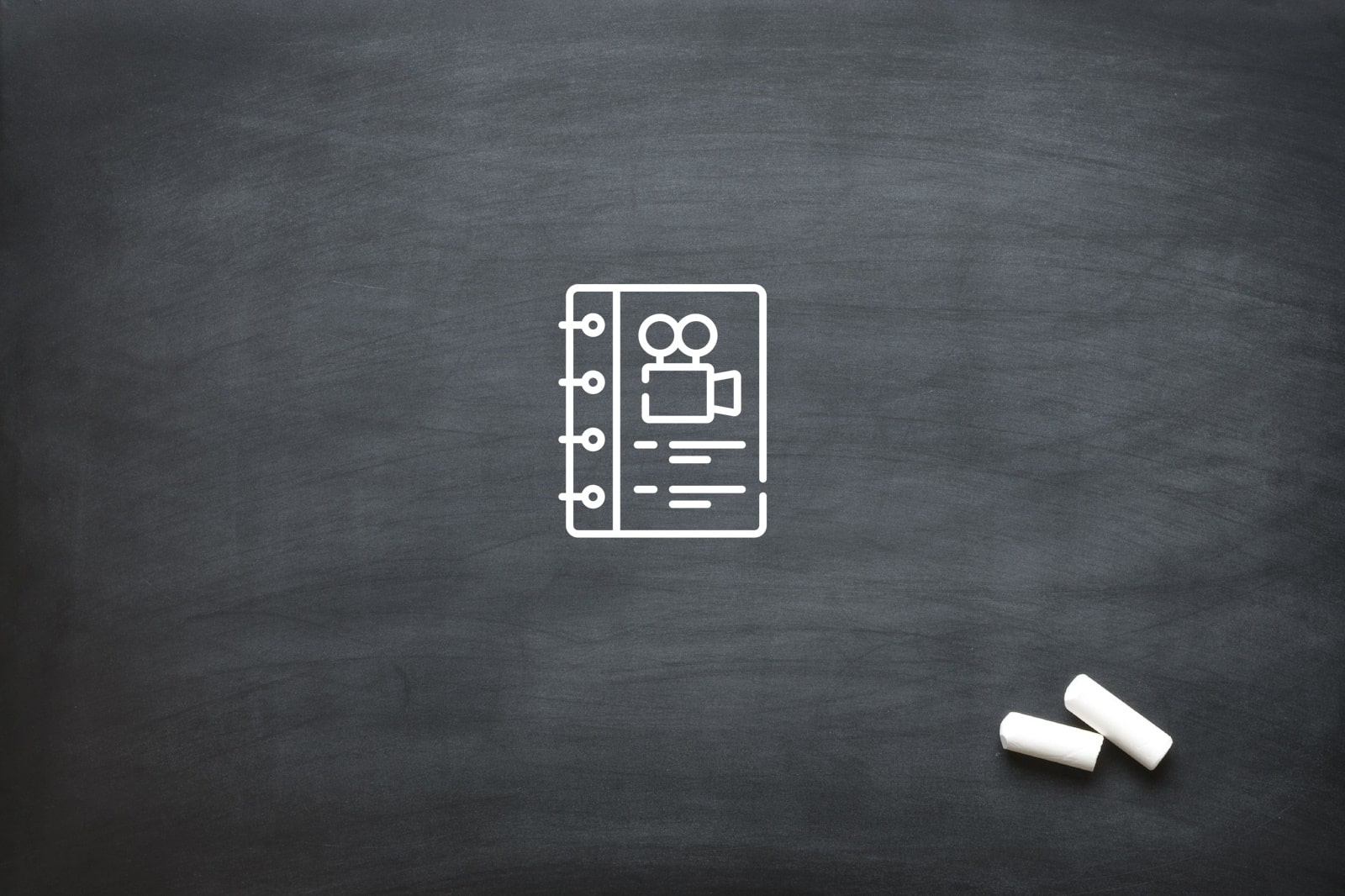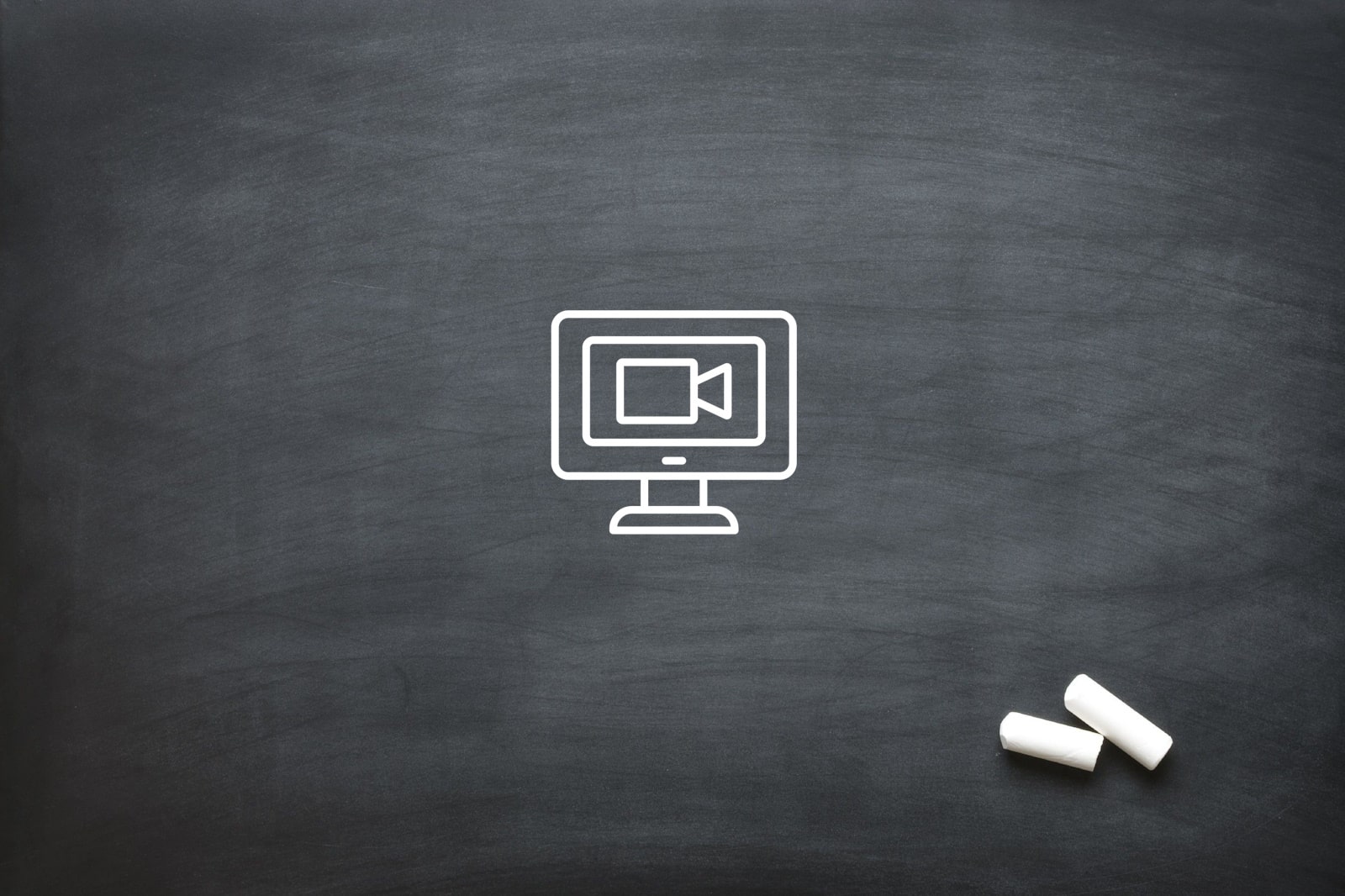
Animation in South Africa: Elevating Mobile App Experiences
Animation in South Africa is transforming how businesses connect with users through mobile apps. From subtle button feedback to full-screen transitions, animation helps make mobile experiences smoother, more engaging, and easier to understand. By thoughtfully incorporating motion, businesses can guide users, reduce cognitive load, and inject personality into their digital products. Whether for onboarding, notifications, or interactive elements, animation in South Africa is quickly becoming a core component of professional app design.
In addition to aesthetics, animation also plays a practical role. It clarifies user actions, demonstrates functionality, and provides real-time feedback. Smooth transitions between screens reassure users that their inputs have been recognised, while micro-interactions like taps and swipes create a sense of control. Well-executed animation doesn’t just look good; it enhances usability and drives engagement, making apps more intuitive and enjoyable.
What is Mobile App Animation?
Mobile app animation uses motion to make interfaces feel human, responsive, and interactive. By incorporating gestures, transitions, and micro-interactions, animation allows users to navigate an app effortlessly while creating a memorable experience. It is designed with the user in mind, ensuring that each movement serves a purpose, whether it’s communicating a system status, signalling an action, or guiding attention to key elements.
The role of animation in mobile design extends beyond visual flair. Animations reduce confusion, provide feedback, and give users confidence in their interactions. From swipe gestures that reveal hidden content to subtle button highlights, animation in South Africa helps users feel grounded and in control. This functional approach elevates overall user experience, blending aesthetics with utility.
Types of Mobile App Animations
Understanding the different types of mobile app animations is essential for creating apps that are engaging and intuitive. Animation in South Africa can serve multiple purposes; from guiding users through complex tasks to adding delight and personality. By strategically applying animation, designers ensure that users feel informed, engaged, and in control at all times. Before implementing any motion, it’s important to plan how different types of animation will enhance user experience without overloading them visually.
The choice of animation depends on the app’s functionality and the user’s expectations. Effective animation can communicate actions, confirm inputs, and reduce uncertainty. When used appropriately, it builds trust and encourages continued interaction with the app. Below are the main types of mobile app animations:
- Transitions: Smoothly connect different screens or views, maintaining context.
- Microinteractions: Subtle animations responding to user actions, like button presses or swipes.
- Loading Animations: Indicators that content is being loaded, keeping users informed.
- Visual Feedback: Highlights and animations that confirm user inputs.
- Delight Animations: Fun, decorative elements that celebrate achievements or enhance onboarding.
Using these types thoughtfully ensures the app feels responsive and intuitive. When done right, animation becomes an invisible guide, helping users navigate efficiently while enjoying a polished experience. By understanding and implementing these types, businesses in South Africa can elevate their apps beyond functionality to truly engaging digital experiences.
Best Practices for Mobile App Animation
To make animation effective, following best practices is crucial. Animation in South Africa must be purposeful, enhancing the user experience rather than distracting from it. Poorly implemented motion can confuse users, slow down performance, or create a sense of disorientation. Planning, testing, and simplicity are key factors in ensuring motion communicates clearly and efficiently.
Well-designed animations provide context, maintain hierarchy, and signal interactions. Timing, easing, and consistency are all important to achieve fluid motion. Designers must also consider accessibility, ensuring that animations work for all users, including those sensitive to motion. The following best practices help guide successful mobile animation:
- Use Animation Sparingly: Avoid clutter or unnecessary motion that distracts users.
- Purposeful Motion: Every animation should communicate information or guide users.
- Smooth Performance: Ensure motion is fluid and does not cause lag.
- Consistency: Keep animation style and timing uniform across screens.
- Accessibility: Respect motion preferences and avoid overwhelming users.
By adhering to these guidelines, businesses can create animations that feel natural, enhance usability, and improve engagement. Thoughtful design builds confidence in users, strengthens brand perception, and ensures mobile apps are not only visually appealing but functional and inclusive.
Tools and Techniques for Mobile Animation
Creating effective mobile animations requires a combination of the right tools and solid techniques. Animation in South Africa benefits from understanding both motion design principles and technical implementation. Designers must manage layers, timing, keyframes, and motion arcs to produce smooth, consistent, and responsive animations. Knowing which techniques to apply for different elements can make the difference between a polished app and one that feels rough or confusing.
Mobile animation techniques also focus on performance optimisation. Animating too many elements simultaneously or ignoring layer hierarchy can lead to stuttering or lag. Designers need to plan their animations carefully, using methods such as easing, frame spacing, and onion skinning to ensure motion reads clearly on smaller screens. Key techniques include:
- Frame Management: Planning keyframes and in-betweens for smooth motion.
- Layer Organisation: Structuring layers logically to improve performance.
- Easing: Applying ease-in and ease-out curves to make motion feel natural.
- Motion Arcs: Using subtle arcs for gestures and character movements.
- Asset Optimisation: Compressing graphics and using vector-based assets for scalability.
Mastering these tools and techniques allows animation to communicate effectively while performing efficiently on a variety of devices. When applied correctly, animation in South Africa can elevate mobile apps, guiding users, reducing cognitive load, and creating engaging experiences that encourage long-term interaction.
The Role of Animation in User Experience
Animation in South Africa strengthens user experience by creating a bridge between user actions and system responses. Simple gestures, like tapping a button or swiping a card, come to life with subtle motion, providing instant feedback that reassures users. Animations also highlight errors, show progress, and make complex interactions understandable at a glance.
Furthermore, animation adds personality to apps, creating moments that feel engaging and human. Success animations, like a pop or bounce, make small achievements memorable. Subtle cues, such as easing into a new screen or highlighting a field, reduce cognitive load and improve comprehension. Done well, animation makes mobile apps feel intuitive, smooth, and enjoyable to use.
Case Study: A Business Exploring Animation for Mobile Apps
A South African tech company wanted to hire an animation agency to support branding and marketing, with a particular interest in mobile app trailers. Before engaging with an agency, the team conducted research to better understand mobile app animation. They discovered that animations could guide users, make onboarding smoother, and provide essential feedback during interactions. This insight helped them prioritise agencies experienced in creating purposeful, human-centred motion for mobile platforms.
Next, the business explored the types of animations available. They learned about gesture-based interactions, micro-interactions, loading indicators, and delight animations. By understanding how these could enhance their app, they identified which animation styles would resonate with their users. The research highlighted the importance of smooth transitions, visual feedback, and consistent design to maintain a professional feel while improving user experience.
Finally, the business evaluated best practices and technical considerations. They realised that animation needs to be intentional, fast, and optimised for mobile performance. Accessibility also emerged as a key factor, ensuring animations do not overwhelm or exclude users. With this knowledge, the company was able to narrow their search to agencies that could deliver high-quality animations, improve usability, and support marketing campaigns through engaging mobile app content.
Where to Find Animation Agencies Experienced in Mobile App Trailers?
At Oliver Karstel Creative Agency, we often work with clients to bring their ideas to life through high-quality animation, and many of our existing services can be adapted to support mobile app trailers. Our team’s expertise in 2D and 3D character animation, motion graphics, and infographic animation can be leveraged to create engaging and visually compelling promotional content. For example, 2D character animation can illustrate how users interact with an app, while motion graphics and infographic animations can highlight features, showcase benefits, and visualise data in a way that immediately captures attention. Whiteboard animation could also be creatively applied to explain app functions or onboarding steps in a concise, easy-to-follow format.
Our approach ensures that every animation element enhances storytelling, making a mobile app trailer more than just a series of screens. 3D character animation and motion graphic animation can add depth and polish, giving trailers a professional feel that communicates your brand’s identity effectively. Even services like 3D accident recreation, while typically used for safety visualisation, show the depth of our technical capabilities and the attention to detail we bring to complex animations. By combining these animation services, we can create trailers that not only demonstrate an app’s functionality but also engage users emotionally and visually, helping them connect with your product before they even download it.
Oliver Karstel: Trusted Animation Specialists
Animation in South Africa continues to reshape the way mobile apps are designed and experienced. By integrating purposeful motion, micro-interactions, and smooth transitions, businesses can create apps that feel intuitive, engaging, and professional. Animation improves usability, communicates functionality, and adds personality, helping apps stand out in a competitive market.
For businesses looking to leverage animation in South Africa, working with a skilled agency can make all the difference. At Oliver Karstel Creative Agency, we combine technical expertise with creative vision to deliver high-quality animations that elevate mobile app experiences. If you want to bring your app to life and create engaging visual content, get in touch with us and let’s explore how we can make your ideas move.
FAQs
Does South Africa have professional animation studios for mobile app trailers?
Yes. South Africa has a growing animation industry with studios that specialize in 2D, 3D, and motion-graphics animation. Many of these studios offer tailored services for mobile app trailers, including character animation, UI animation, and explainer-style visuals.
How much does it cost to create an animated mobile app trailer in South Africa?
Costs vary depending on complexity, duration, and style. Basic motion-graphics trailers may range from affordable entry-level pricing, while fully animated 3D trailers or character-driven pieces can cost significantly more. Most studios offer custom quotes based on project requirements.
How long does it take to produce an animated app trailer?
Typical timelines range from 1–6 weeks, depending on factors such as script length, animation style, revisions, and whether voice-over or sound design is included.
What animation styles are commonly used for app trailers in South Africa?
Popular styles include:
Hybrid live-action + animation
2D motion graphics (great for UI/UX focused apps)
3D animation (for dynamic product showcases)
Character animation
Kinetic typography
Are animated trailers effective for mobile app marketing?
Yes, animated trailers are widely used to improve app-store conversions, explain features quickly, and boost social media engagement.
8
Can animated trailers showcase real app functionality?
Yes. Studios often animate UI elements or combine real screen recordings with animated transitions to demonstrate how the app works in a smooth, engaging way.






